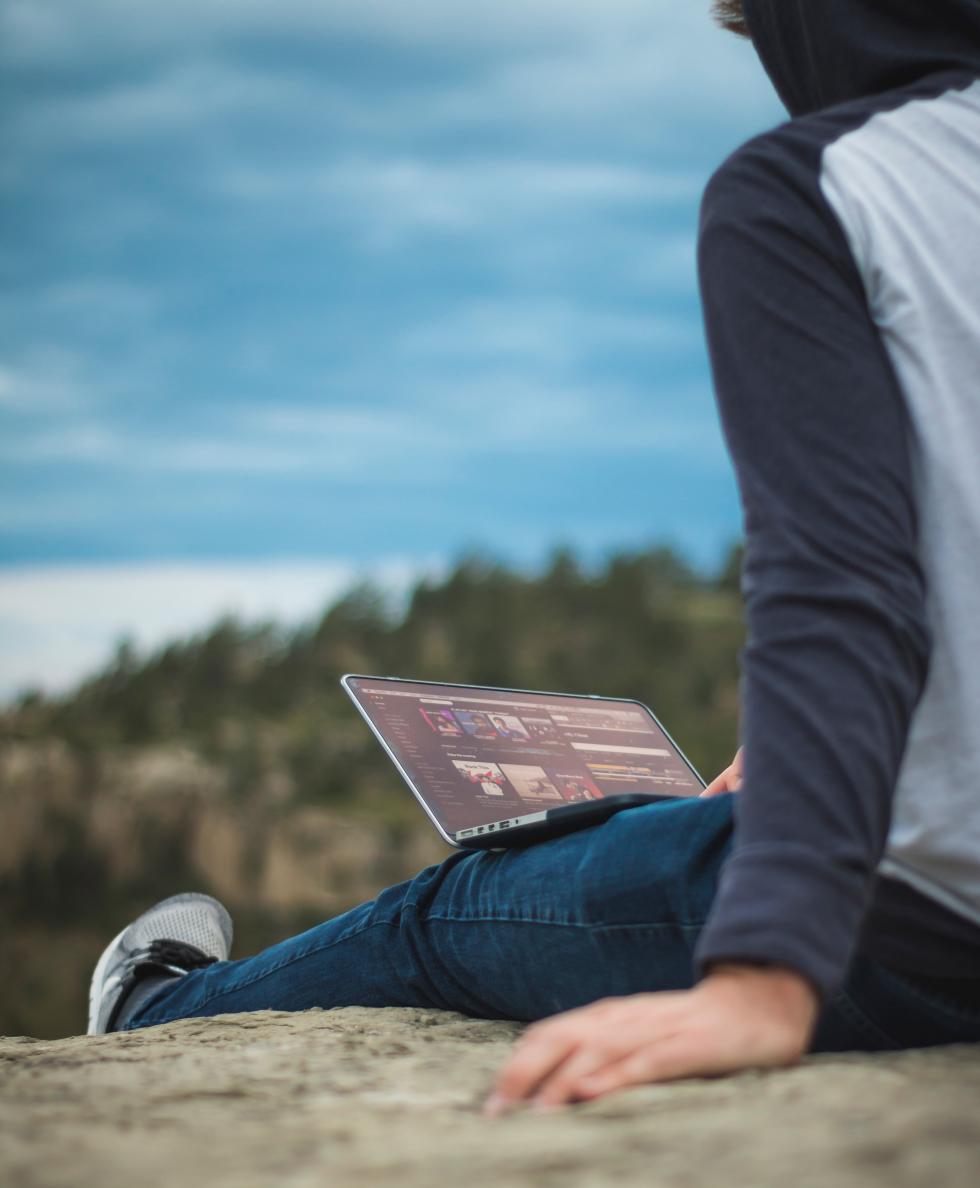
How 50M Americans are about to change the US
This summer the future of the workplace will be unveiled as close to a third of the American workforce (about 50 million people) will be working somewhere other than the office. And while remote workers traditionally work from home, the location and nature of that home office may be changing in two considerable ways. The work from anywhere trend has been growing over the past few years, and COVID19 is about to institutionalize it.
The economic and environmental impacts of the workplace have been rising. The average American commute reached close to 1 hour a day in 2018, with a cost of $2,600 and 3 metric tons of CO2 emissions each year per individual. The open floor office runs employers an annual fixed cost per employee that can range between $4,000 in Atlanta to $15,000 in New York. The cost to live in a crowded metro area like the Bay Area is 2.7 times the U.S. average, which translates to expensive wages.
Additionally, there are the location attached intangible costs, which mainly are the employer’s available talent pool and the employee’s opportunity cost. The employer can only hire employees that live (or are willing to live) in their geographic area, and the employee has to weigh the pros and cons of living there against the salary and career opportunities. Other intangibles are inefficiencies related to office distractions, sickness, attrition, and legal risks such as harassment claims.
A number of studies suggest that remote employees are 15 to 55% more productive. The reasons supporting increased productivity relate to enhanced work-life balance, flexible schedules, fewer distractions and more time available to work. Even collaboration seems to be improved, benefitting from better prepared and shorter interactions. In addition, companies that have transitioned to a (fully or partially) remote workforce have shown to have up to 50% less employee turnover.

These are some of the reasons there are many office-free (or headquarter-free or virtual) companies today. Some transitioned into this model (e.g. FlexJobs), while others started like that (e.g. Automattic/WordPress). Prior to COVID-19, about 26 million Americans telecommuted (fully or partially) and 57 million, or about 35% of the workforce, were freelancers. Of those in the gig economy, 63% worked from home.
Most recently, in the midst of stay-at-home and shelter-in place orders, the leadership of Mondelez, Barclays, Nationwide, Morgan Stanley, Twitter, Square, and Facebook have expressed their desire to institutionalize remote working for as many of their workforce as possible. Global Workplace Analytics predicts that about 30% of the workforce will remain remote employees after COVID-19.

Now that COVID-19 has solidified the transition to a much larger remote workforce, the question for many will be, where will that home office be located? Fully remote employees will no longer be geographically bound to where their company headquarters are. A 2019 survey found that 44% of Bay Area residents were considering moving, 77% of the respondents citing high housing costs as the main reason. With location constraints lifted, how much will that number jump? And where will they go?
The last major migration in the U.S. occurred during the suburbanization movement in the 1950s and ’60s which was largely fueled by the G.I. Bill. For over a century the prolonged trend has been the concentration of population growth around metro areas, fueled by a concentration of economic opportunities.
Over the past years, Americans have been moving away from expensive metros such as San Francisco or New York. They have been going to cities like Phoenix, Sacramento, Austin, Las Vegas, Nashville, Atlanta, or Dallas, to name a few. These cities offer a balance of affordability and jobs. But if your job now travels with you, the possibilities are wide open.

As we witnessed this Memorial Day weekend, Americans are ready to go outside. While many plans involving flying, cruises, or festivals may not be on the cards this summer, people will adapt their travel accordingly. A third or more of the workforce is expected to continue work remotely and many children are still distance learning, creating a perfect recipe for yet another opportunity: the extended work-pleasure summer vacation.
This upcoming vacation season will allow many to experience this new kind of work-life balance while immersed in a very desirable environment that is not home. Given the complexities of COVID-19, finding the right destination may be somewhat challenging as most localities are at different phases of reopening. However, vacation rental services such as Airbnb or Vrbo are constantly adapting their cancellation policies to the evolving new normal to encourage users.
Many will just opt for the Great American Outdoors. The 61 National Parks are currently in early opening phases and while lodging facilities such as park hotels and campgrounds may not open until Phase 2, there are always options right outside the park. Additionally, public lands managed by the National Forest Service or Bureau of Land Management allow for free dispersed camping.
RV rental companies and dealers are all reporting major spikes in demand. An RV is perhaps the safest way to vacation right now. It allows for a high degree of physical distancing and a very self-contained experience, as well as travel flexibility. If your planned destination suddenly reverts its COVID-19 policy and closes, you can simply drive somewhere else. Much of the country is covered with LTE (4G) so those necessary remote video calls and cloud connections can occur just as well from an RV out in the boonies. Cellular signal boosters and internet via satellite can also expand options.
The nomadic work lifestyle with an RV has existed for many years. RVing used to be dominated by retirees moving around seasonally, but in recent years with the emergence of the gig economy and online entrepreneurism, a growing number of Gen Xers and Millennials have been on the road as full-time RVers. Currently, 43% of full-time RVers are under 65 years of age with many working remotely while traveling around. The U.S. has over 640 million acres of federal public lands and more than 10,000 state parks. This allows access to a wide variety of landscapes and environments to work-enjoy. Read our free guide on it.
The Ultimate Guide to RVing while
Working Remotely

As 50 million Americans experience working and vacationing from anywhere, employers and employees will engage in a massive new experiment that has never been done before. We are witnessing COVID-19 accelerate the adoption of technologies that allow us to improve our quality of life and productivity, and these new technologies will continue to evolve as we see where Americans go next. Perhaps they will return to small-town America or even set out to explore a nomadic life.
Sources:
Silicon Valley Leadership Group, RVIA, Escapees RV Club, REDFIN "Housing Migration Report", Upwork "Freelancing in America Survey", Bestplaces.net; SBA (Small Business Administration), Owl Labs “State of Remote Work 2019”, CityLab, US Census Bureau, Smart Asset “The Average Cost of An American Commute”. Brookings "How Migration of Millennials and Seniors Has Shifted Since the Great Recession”, Khan Academy “The growth of suburbia” & “America moves to the city".
Image featuring Airstream X Pottery Barn.






